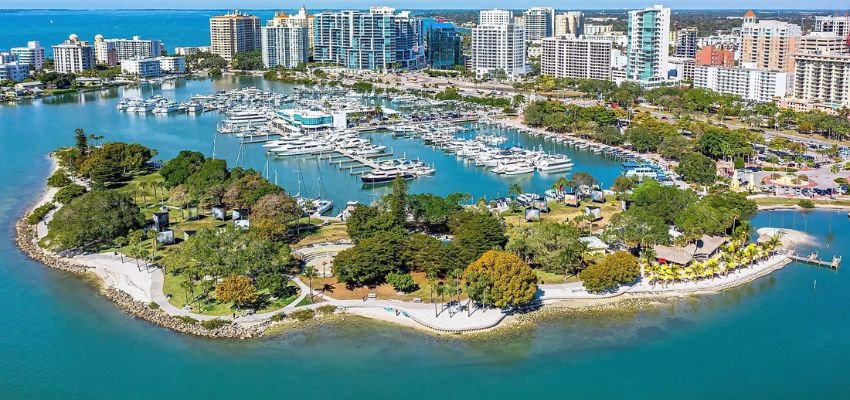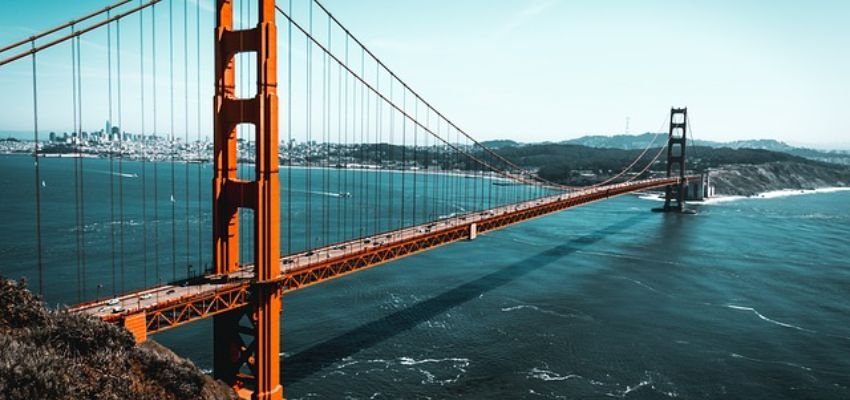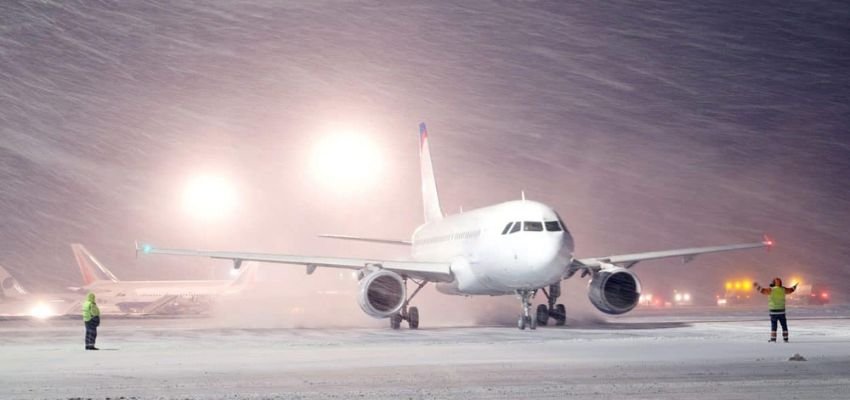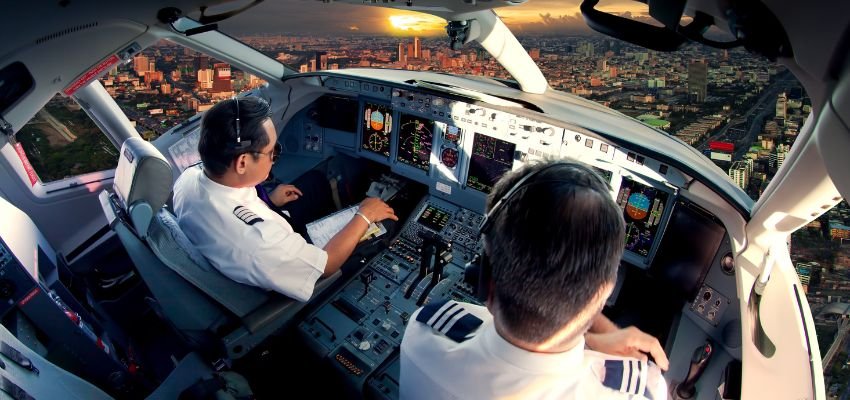We all love to travel, don’t we? But when we notice a bunch of headlines on accidents, our heartbeat drops with loads of questions jumping in our gut. “Should I use a flight to travel, or is the train safer? Maybe a car road trip!”, and the list continues. Whether commuting to work, heading out on a family vacation, or backpacking across continents, knowing the safest travel methods can provide peace of mind. This guide covers What is the safest way to travel this year.
Air Travel- The Gold Medalist in Transportation Safety
Despite the common fears about turbulence and air travel exists in the travel industry. Statistically, it shows a different story. As per the International Civil Aviation Organization (ICAO) and other global aviation organizations, travel by air is the safest way to travel. For instance, the chances of you crashing on a plane are 1 in 11 million compared to the odds of dying in a car crash- about 1 in 107, according to the National Security Council.
Why is Air Travel so Safe?
Reading the statement “air travel is the safest” is not enough for many to digest because of the deadly crashes that have occurred in the past. Thus, here are some reasons why air travel can make it to your safe list.
Strict Regulations on Safety
Jim Brauchle, an aviation attorney at Motley Rice, once said, “One good thing that the aviation community does is it really does learn from past experiences and past accidents”. From routine inspections to crew training and maintenance protocols, airlines must follow these safety standards enforced by organizations like, FAA, IATA, AND EASA.
Perfectly trained crew and pilots
It is well known that being a pilot is not an easy feat. One needs to go through thousands of hours of training and must pass all the rigorous tests. Two experienced pilots in the cockpit cross-check each other’s decisions to ensure safe operation at all times.
Cabin crews are well-trained to fight back in any emergency with correct procedures such as CPR, evacuation drills, and passenger safety protocols, far beyond just serving drinks and snacks.
High-end aircraft technology
Modern airplanes are built with multiple redundant systems. That means if one system fails, a backup immediately takes over. Aircraft are also made to withstand extreme conditions, such as lightning strikes to turbulent weather.
Planes also use real-time data systems to monitor performance, detect malfunctions early, and even communicate directly with airline operations.
Aircraft control and navigation Systems
The skies may seem chaotic and threatening at times, but behind the scenes is a highly coordinated system of air traffic control (ATC) professionals who manage the safe movement of aircraft. They guide pilots, monitor traffic patterns, and prevent collisions with precise routing.
These factors back air travel as the answer to your question, “What is the safest way to travel these days?”
Addressing Common Fear
Most people still fear flight because of how the media portrays plane crashes. But here’s a thing: every single plane crash makes global headlines all across the world, but the everyday happening fatal car accidents are far less covered. This creates a skewed perception that flying is dangerous than it is.
Here are a few facts you can keep in mind:
- The chances of you being struck by lightning or attacked by a shark are greater than of dying in a plane crash.
- The last decade has seen a record low in aviation-related fatalities despite rising global air traffic.
- Aviation security and technology continue to improve, making each decade safer than the last.
Some Reputable Airlines for Safe Travel
Here are some airlines certified by central aviation authorities and regularly audited for safety by organizations like the IATA, EASA, and FAA.
| Singapore Airlines | Singapore Airlines consistently ranks high in both safety and customer satisfaction. |
| Qantas | Often referred to as the world’s safest airlines, Qantas has a stellar safety record with no fatal accidents in the jet era and a strong emphasis on safety innovations. |
| Emirates | One of the youngest and most common fleets, Emirates operates under strict safety and training protocols. |
| All Nippon Airlines | Best known for its punctuality and precision, ANA has a strong safety culture rooted in Japan’s meticulous standards for aviation. |
| Lufthansa | Germany’s flagship carrier, Lufthansa, is highly regarded for its technical excellence, maintenance, and commitment to safety. |
| Air New Zealand | This airline has been awarded for safety and sustainability, with a long history of safe operations and pilot training. |
| EVA air | Due to low incident rates, EVA Air has earned a place among the world’s safest airlines. |
| Etihad Airways | Etihad maintains one of the most modern fleets in the world and has high safety compliance through its advanced monitoring systems. |
| Cathay Pacific | Despite all the challenges in recent years, Cathay maintains a strong safety reputation thanks to stringent operational protocols and training standards. |
| Virgin Atlantic | Known for innovation and passenger service, Virgin Atlantic also boasts a strong safety record and modern aircraft. |
Other Modes of Travel
While air travel is safest, other transport also offers varying levels of safety per the location and conditions. Let’s take a closer look at how other standard modes of travel compare:
Train Travel
Trains are considered one of the safest and most reliable modes of land transportation. In well-developed countries like Japan, Germany, and France, high-speed rail systems are inefficient and have extremely low accident rates.
Although the limited coverage in rural or remote areas and the Infrastructure issues in some regions are the basic cons that can be seen via train travel.
Bus Travel
Buses are generally safe, primarily when licensed drivers operate under government regulations. Public transportation buses have low accident rates and often undergo regular safety check-ups.
However, in some parts of the world, especially where enforcement is lax, bus travel can be risky due to overcrowding, reckless driving, or poorly maintained vehicles.
Boat and Ferry Travel
Maritime travel is safe overall, especially for large cruise ships and ferries. However, safety clearly depends here on weather conditions, route, and weather conditions, route, and vessel conditions.
Therefore, susceptible to storms or mechanical failure, and limited routes are the main cons that create a barrier between travellers and water transportation.
Tips for Safer Flying
Even though air travel is already safe, there are a few steps that you can take to enhance your safety and comfort.
- Pay attention to the safety briefing at the beginning of the flight.
- Keep your seatbelt fastened when seated, even if the sign is off.
- Store your carry-on properly to avoid injuries during turbulence.
- Choose reputable airlines with strong safety records, especially for international travel.
Fly with Confidence
Circling back to the question, “What is the safest way to travel in 2025?” It is without a ray of doubt, air travel. In a world of uncertainty, remember that if safety is your priority, then flights should be your first bet.
Backed up by rigorous standards, cutting-edge technology, and a culture of continuous improvement, the aviation industry makes global travel as safe as possible.
So the next time you board a plane, take a deep breath and remember, you are choosing the safest seat in the house!
In case of Queries
Airplane travel can be said to be the safest, with an average annual injury rate of just 0.01 injuries per 100 million passengers.
As per the travel accident records, it turns out that commercial air travel is statistically the safest travel choice on earth or above.
Traveling by plane is statistically safer than traveling by train, with fewer fatalities per mile. However, both are considered safe, especially in countries with modern infrastructure and regulations.
As of early 2025, there have been 13 fatal plane crashes in the U.S., a decrease from 31 in the same period in 2024.
The percentage of planes that crash is approximately 0.0001%, effectively near zero!




















